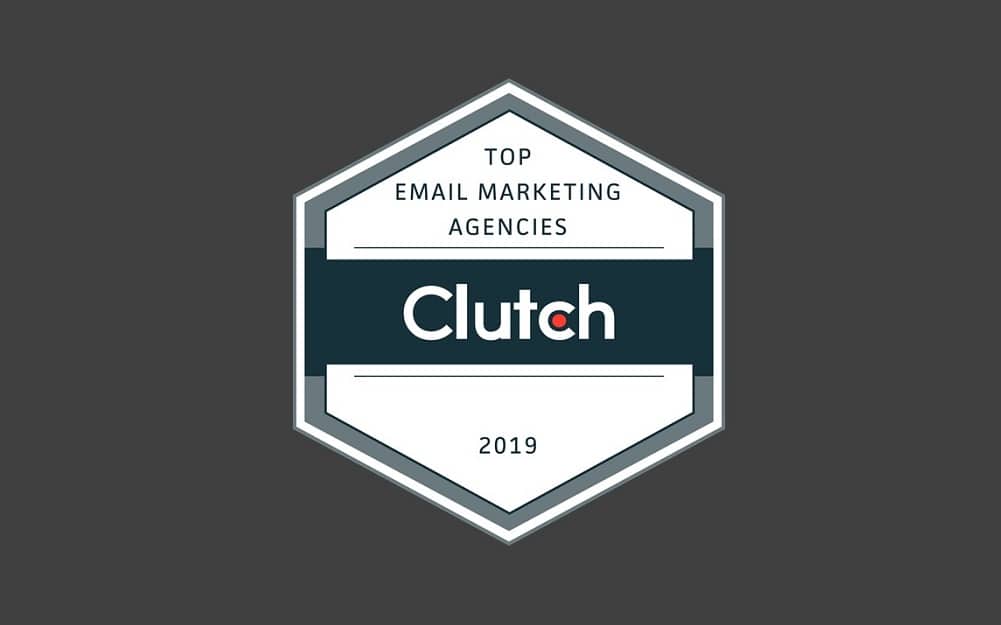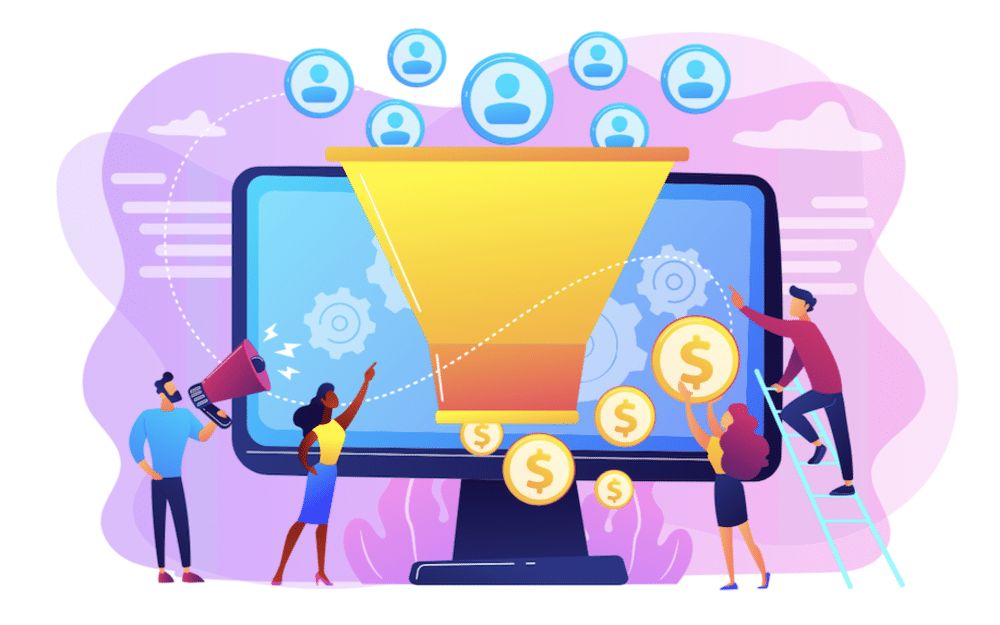All Posts by Sheena Rijwani
Frequently Asked Questions
Sales and marketing. What a mouthful. Just hearing those two words can make some people’s eyes glaze over. But don’t worry, we’re here to help and answer some of the most frequently asked questions about sales and marketing. Every definition you need to know, from the basics to the more complex topics. And we won’t just give you plain definitions – we’ll also provide elaborate answers to your questions.
So whether you’re a salesperson, a marketer, or a growth expert, who is new to the game or you’re simply looking to refresh your memory, read on for everything you need to know about sales and marketing!
-
What does a B2B marketing agency do?

-
A B2B marketing agency helps businesses sell products or services to other companies. At SeeResponse, we build data-driven marketing strategies that include lead generation, email campaigns, content marketing, and SEO to help you attract, engage, and convert qualified business buyers.
-
-
Why hire a B2B marketing agency?

-
Hiring a B2B marketing agency gives your business access to specialized expertise, proven strategies, and the latest marketing technologies without the overhead of building an in-house team. Agencies like SeeResponse know how to shorten sales cycles, scale demand generation, and improve ROI across digital channels.
-
-
How much does a B2B marketing agency cost?

-
B2B marketing agency pricing varies based on scope, services, and goals. Most agencies charge between $3,000 and $15,000 per month depending on campaign complexity. At SeeResponse, we tailor pricing to match your business stage, objectives, and growth plan—ensuring transparency and measurable results.
-
-
How do I choose the right B2B marketing agency?

-
Look for an agency with a proven track record in your industry, clear communication, and transparent reporting. Ask about their approach to demand generation, marketing automation, and ROI tracking. A good agency should feel like an extension of your internal team—focused on growth, not just deliverables.
-
-
What services do B2B marketing agencies offer?

-
Typical B2B marketing agency services include:
Demand generation & lead nurturing- Email marketing automation
- Content strategy & SEO
- Branding & messaging
- Paid campaigns (Google, LinkedIn)
SeeResponse offers all of these as part of an integrated growth marketing strategy.
-
-
What’s the difference between B2B and B2C marketing agencies?

-
B2B agencies focus on marketing strategies for businesses that sell to other companies, while B2C agencies target individual consumers. The B2B sales cycle is longer and relies heavily on relationship-building, account-based targeting, and thought leadership—core strengths of SeeResponse.
-
-
How can a B2B marketing agency help my business grow?

-
A B2B agency drives growth by identifying the right markets, improving lead quality, and creating campaigns that move prospects from awareness to purchase. At SeeResponse, we combine data insights, automation, and creative storytelling to generate pipeline and accelerate revenue.
-
-
What makes a good B2B marketing agency?

-
A great agency balances strategy, creativity, and execution. It understands your industry, communicates clearly, and ties every effort to measurable business outcomes. SeeResponse’s team blends marketing experience with tech expertise to deliver consistent, ROI-focused results.
-
-
How do I choose the right marketing agency?

-
Choosing the right marketing agency starts with defining your goals. Look for one with proven B2B experience, measurable results, and transparent communication. Ask about strategy, reporting cadence, and past client outcomes. At SeeResponse, we focus on performance-driven marketing and long-term growth partnerships.
-
-
What makes a good marketing agency?

-
A great marketing agency understands your business model, aligns with your sales process, and provides both strategy and execution. The best ones use data, not guesswork, to make decisions. SeeResponse combines analytics with creative execution to deliver campaigns that actually move revenue.
-
-
Why should I hire a marketing agency instead of doing it in-house?

-
Hiring a marketing agency gives you access to specialized expertise, the latest tools, and a broader strategic perspective. It’s often more cost-effective than hiring full-time staff. SeeResponse acts as an extension of your team—offering scalable marketing resources without the overhead.
-
-
What questions should I ask before hiring a marketing agency?

-
Before hiring, ask:
- What industries do you specialize in?
- How do you measure campaign success?
- What’s your experience with businesses like mine
- How do you communicate results?
SeeResponse welcomes those questions—we believe transparency and alignment come first.
-
-
How does SeeResponse differ from other marketing agencies?

-
Unlike generalist agencies, SeeResponse specializes in B2B, SaaS, and tech marketing. We go beyond creative execution to offer strategic growth consulting, automation, and lead generation systems built to scale your business.
-
-
What is it like working with SeeResponse?

-
Working with SeeResponse feels like having an embedded marketing team. We handle everything from strategy and planning to execution and reporting, keeping you informed at every step while you focus on growing your business.
-
-
How does SeeResponse measure success?

-
We measure success by metrics that impact your bottom line—pipeline growth, conversion rates, and customer acquisition cost (CAC). Every campaign is tracked, reported, and optimized for measurable ROI.
-
-
What services does a marketing agency provide?

-
A full-service marketing agency typically offers strategy, branding, SEO, content marketing, email marketing, paid advertising, and analytics. At SeeResponse, we provide an integrated suite of B2B marketing services designed to attract, engage, and convert high-quality leads.
-
-
What are the main types of marketing services?

-
Marketing services generally fall into six core categories:
- Strategy & Consulting
- Branding & Design
- Content & SEO
- Email & Automation
- Paid Media (PPC & Social Ads)
- Analytics & Optimization
SeeResponse combines these to create unified growth systems for B2B clients.
-
-
What is a full-service marketing agency?

-
A full-service marketing agency manages all aspects of your marketing, from strategy to execution. That includes brand messaging, campaigns, automation, and performance tracking. SeeResponse operates as your outsourced marketing department, delivering everything under one roof.
-
-
What are B2B marketing services?

-
B2B marketing services help businesses sell to other companies through targeted lead generation, content marketing, and demand generation programs. SeeResponse specializes in B2B strategies that shorten sales cycles and improve marketing ROI.
-
-
How do I know which marketing services my business needs?

-
Start with your goals. If you want brand awareness, focus on content and SEO. For lead generation, prioritize email and paid campaigns. SeeResponse evaluates your funnel, audience, and budget to build a tailored marketing plan.
-
-
What is the difference between digital and traditional marketing services?

-
Digital marketing uses online channels such as email, search, and social media, while traditional marketing includes print, radio, and direct mail. For most B2B companies, digital marketing delivers faster results and better data insights.
-
-
Why should I choose a full-service B2B agency like SeeResponse?

-
Partnering with a full-service agency ensures consistency across channels, seamless strategy execution, and clear performance tracking. SeeResponse’s integrated approach aligns every marketing touchpoint with your sales goals.
-
-
What is an industry specialized marketing agency?

-
An industry specialized marketing agency focuses on creating strategies tailored to specific verticals—such as SaaS, technology, healthcare, or manufacturing. At SeeResponse, we customize marketing approaches based on the audience behavior, sales cycle, and regulations of each industry.
-
-
Why is industry-specific marketing important?

-
Industry-specific marketing helps your brand connect with the right audience through relevant messaging, channels, and offers. It ensures every marketing dollar targets decision-makers who matter most in your industry.
-
-
How does SeeResponse adapt marketing strategies for different industries?

-
We start by analyzing industry benchmarks, buyer journeys, and pain points. Then we create tailored campaigns using the right mix of content, SEO, email, and paid media. Whether you’re in SaaS, manufacturing, or professional services, our playbooks are built for your market.
-
-
Which industries does SeeResponse serve?

-
SeeResponse partners with B2B companies across sectors like technology, SaaS, startups, manufacturing, and professional services. Our strategies are adaptable to any B2B vertical with complex buying cycles.
-
-
What are the benefits of hiring an industry specialized marketing agency?

-
You get a faster time to results, more qualified leads, and campaigns that resonate with your target audience. Working with a specialized agency like SeeResponse means less trial and error and more strategic execution from day one.
-
-
What’s the difference between a generalist and a vertical marketing agency?

-
A generalist agency serves multiple industries using broad strategies, while a vertical (industry-focused) agency builds expertise and frameworks unique to each market. SeeResponse leverages deep domain knowledge to create more efficient and higher-converting campaigns.
-
-
How do I know if I need an industry specialized agency?

-
If your current marketing efforts feel too generic, or if your sales cycle is complex and technical, you’ll benefit from an industry-focused agency. SeeResponse bridges the gap between marketing and subject-matter expertise.
-
Featured On



















